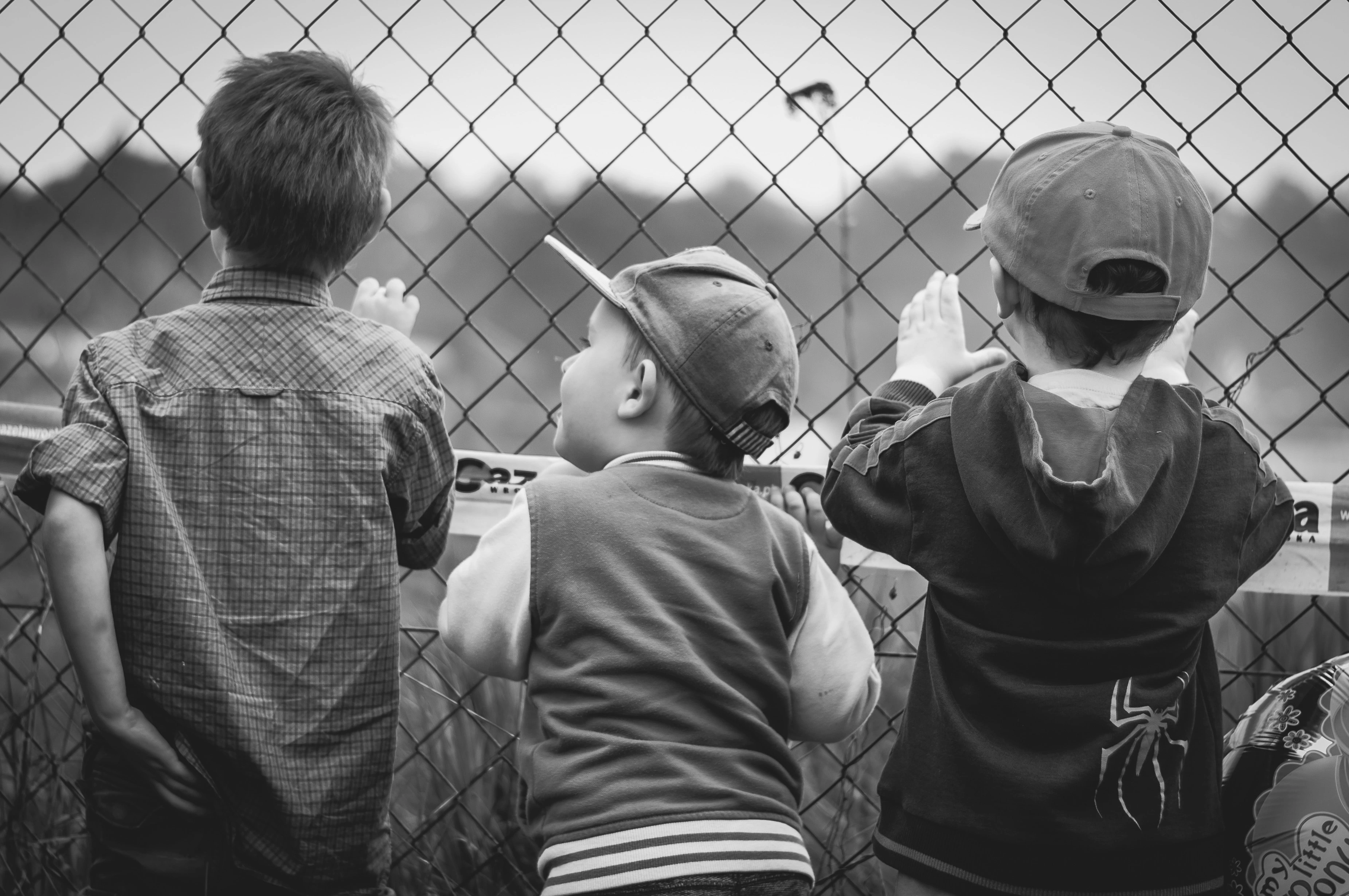Essay Sample:

In the early part of the 20th century up to the 1950s, it was unconscionable to have children out of wedlock. In 1950 this number was first explored through the Census Bureau who found that only five percent of women had children outside of wedlock. As social conventions have evolved and women have become more involved in the job market, and more capable of financial independence, this number has changed dramatically. As of 2012, over 40 percent of all births are to women who are unmarried (Rosengrant,2014). This can be reflected in the smaller household numbers that are shown through the census, and is perhaps one of the only trends in the changes in families in the United States that can be invariably identified as negative.
[Many students ask: “Write my essay for me?” We are here to help.]
Out of all of these changes that have occurred in the makeup of the families in the United States, there are some aspects that have emerged as being positive and others that have become viewed as negative. Not only are there deep social implications of these changes, but also psychological and economic issues that must be considered. As such, one of the first changes that were explored in this paper that could be reviewed as positive was the decrease in the overall size of the family unit. There are several reasons why this is important. For example, having fewer people living in a household allows the parents to pay more attention to their children. Also, they can use the lower number of people to live more comfortably and not have as many individuals that need to be supported by the incomes throughout the home. Susan Rosengrant applauds this dynamic change in the United States family, but also laments the loss of close familial bonds that existed as a result of having so many family members living in close proximity (2014). Still, the author of this paper believes that having fewer people that are reliant upon another’s income is a way to ensure that there are better outcomes for the family. Fewer people will be harmed if there is a sudden loss of a job, and there are more possibilities to save money.
Another one of the changes that has been positive in terms of the United States family unit has undoubtedly been the number of people that choose to cohabitate even if they are not married. This social constraint increased the number of people that were living under one roof with their parents until they were married. Now, more people are apt to live together and even start a family together without having to go through the legal process of being married. This is positive because it allowed people to exercise social freedoms and personal choice when it comes to living with others. Not only is it an economically friendly model, but it is also one that is socially sound. However, the reasons behind cohabitation can ultimately change whether the circumstances are better or worse for the individual that is living with others.

As previously mentioned, one of the invariably negative aspects of the changes to the United States family system that has emerged over the last century is when children are born into single-parent families. While being able to cohabitate is positive because it does not force marriage, the negative caveats in the situation that is presented by births that occur outside of marriage are that the children are typically only raised by a single parent (Grabmeier, 2012). While this phenomenon of out of wedlock births could once be chalked up to improper education or implementation of birth control or the young age of the parents, modern day couples are simply not staying together in marriage as long as those people in the past. Now, statistics say that over 40 percent of all people will become divorced, and that the same percentage of children born will have their family situation disrupted as a result (Rosengrant, 2014). This can lead to many different problems within a family system, such as children acting out and suffering from the overall familiar instability in their lives. In fact, studies have shown that children that live with step-siblings exhibit upwards of 30 percent more aggression than other children their age (Rosengrant, 2014).






